Sooner than later, hotrodders and racers all expose themselves to noise that can damage their hearing. That’s why, when you wander through the pits at a big drag race event, many crew members wear full hearing protection.
And we’re not just talking about hearing protection for a race track here either, we’re talking about ear plugs or ear muffs for a busy, working shop.
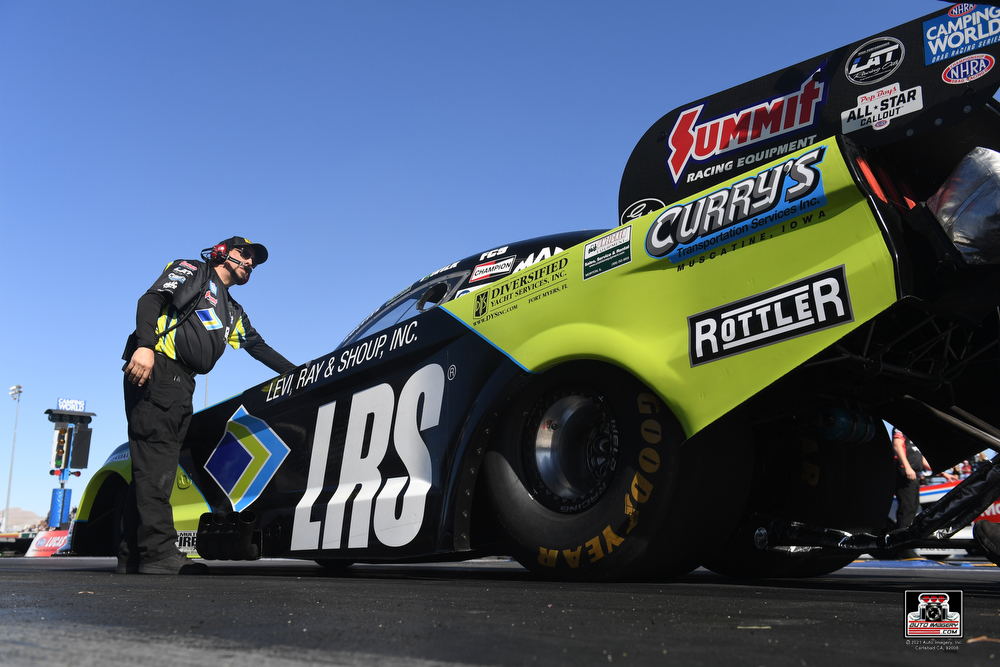
As an example, say you’re using an air compressor-driven grinder. In the background, a big two stage compressor could be hammering away. The grinder is wailing but you’re oblivious, as finishing the project is front row center in your mind.
The reality is, in that scenario, you’re subject to considerable noise—some of which can lead to long term hearing loss.
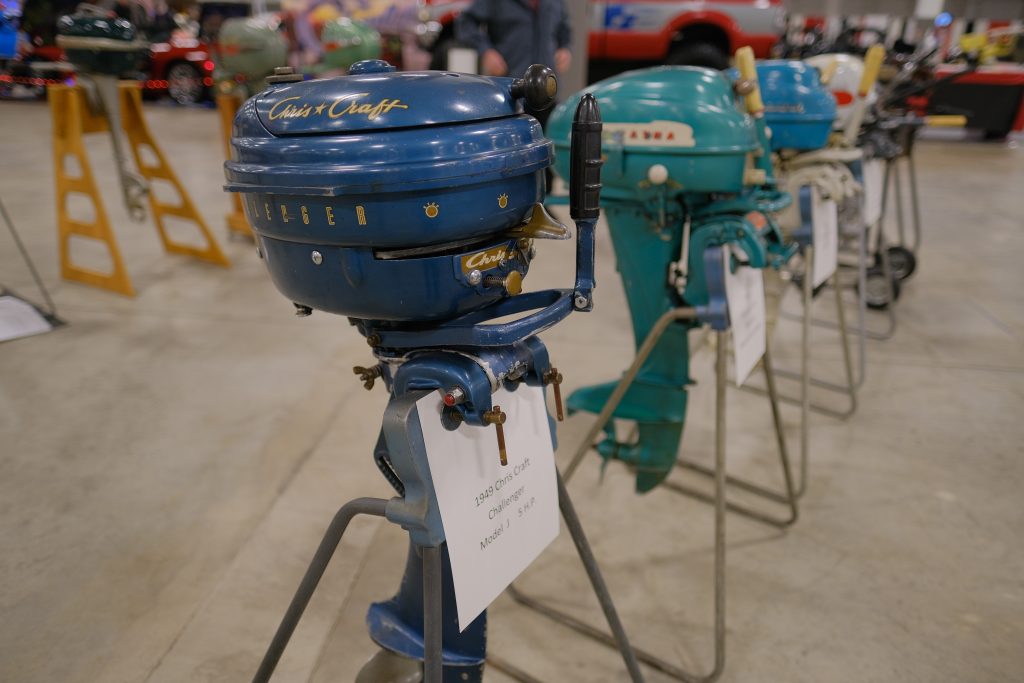
When it comes to hearing protection for racing or working, how much noise is too much noise?
The Canadian Centre for Occupational Health and Safety suggests that for most jurisdictions, the occupational exposure limit is 85 decibels.
How much is 85 decibels? It all depends upon how far away you are from it. For racers and hotrodders, we’re probably all guilty of exceeding this exposure number on a regular basis.
The CDC adds that prolonged exposure to noise over 70 dB may start to damage to your hearing. Noise over 120 dB can cause immediate harm to your hearing. Here are some common examples of noise (in terms of decibels) for comparison:
- 120 dB: Fireworks
- 97 dB: Fire alarm
- 85 dB: Lawnmower
- 85 dB: Food blender
- 70 dB: Washing machine
- 60 dB: Normal conversation
- 20 dB: Ticking watch
- 10 dB : Normal breathing

The choice of hearing protectors is a very personal one and depends upon a number of factors including level of noise, comfort, and the suitability of the hearing protector for both the worker and the environment. Most importantly, the hearing protector should provide the proper level of noise reduction for the exposure you’re subjected too.
What are your hearing protection options and what are the pros and cons? According to the CDC:
“Expandable Foam Plugs: These plugs are made of a formable material designed to expand and conform to the shape of each person’s ear canal. Roll the expandable plugs into a thin, crease-free cylinder. Whether you roll plugs with thumb and fingers or across your palm doesn’t matter. What’s critical is the final result—a smooth tube thin enough so that about half the length will fit easily into your ear canal. Some individuals, especially women with small ear canals, have difficulty rolling typical plugs small enough to make them fit. A few manufacturers now offer a small size expandable plug.
“Pre-Molded, Reusable Plugs: Pre-molded plugs are made from silicone, plastic or rubber and are manufactured as either “one-size-fits-most” or are available in several sizes. Many pre-molded plugs are available in sizes for small, medium or large ear canals.
A critical tip about pre-molded plugs is that a person may need a different size plug for each ear. The plugs should seal the ear canal without being uncomfortable. This takes trial and error of the various sizes. Directions for fitting each model of pre-molded plug may differ slightly depending on how many flanges they have and how the tip is shaped. Insert this type of plug by reaching over your head with one hand to pull up on your ear. Then use your other hand to insert the plug with a gentle rocking motion until you have sealed the ear canal.
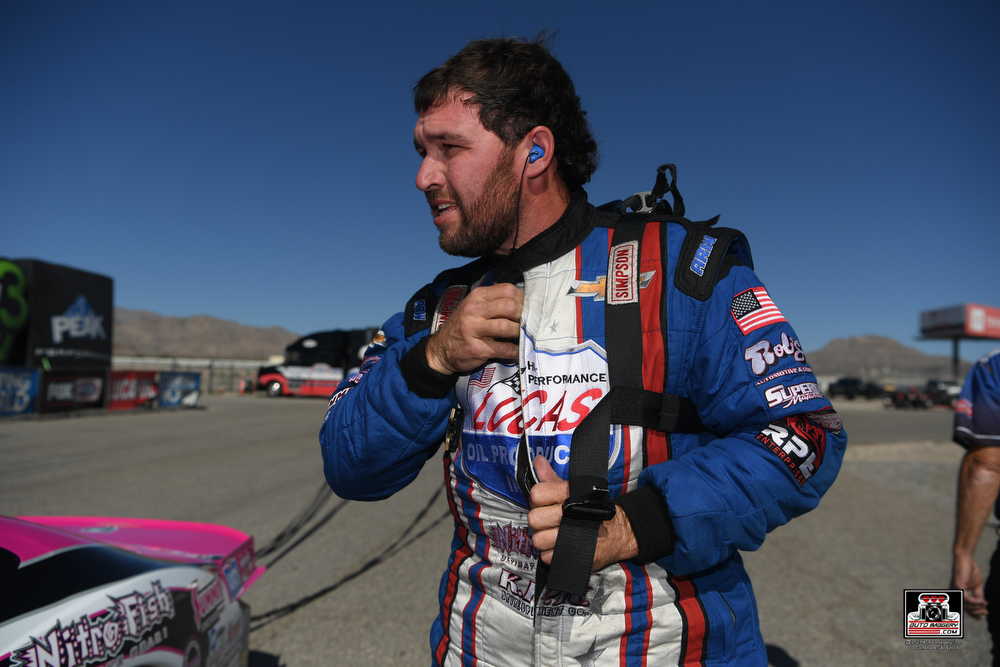
“Canal Caps: Canal caps often resemble earplugs on a flexible plastic or metal band. The earplug tips of a canal cap may be a formable or pre-molded material. Some have headbands that can be worn over the head, behind the neck or under the chin. Newer models have jointed bands increasing the ability to properly seal the earplug.
The main advantage canal caps offer is convenience. When it’s quiet, employees can leave the band hanging around their necks. They can quickly insert the plug tips when hazardous noise starts again. Some people find the pressure from the bands uncomfortable. Not all canal caps have tips that adequately block all types of noise. Generally, the canal caps tips that resemble stand-alone earplugs seem to block the most noise.
“Earmuffs: Earmuffs come in many models designed to fit most people. They work to block out noise by completely covering the outer ear. Muffs can be “low profile” with small ear cups or large to hold extra materials for use in extreme noise.
Workers who have heavy beards or sideburns or who wear glasses may find it difficult to get good protection from earmuffs. The hair and the temples of the glasses break the seal that the earmuff cushions make around the ear. For these workers, earplugs are best. Other potential drawbacks of earmuffs are that some people feel they can be hot and heavy in some environments.”
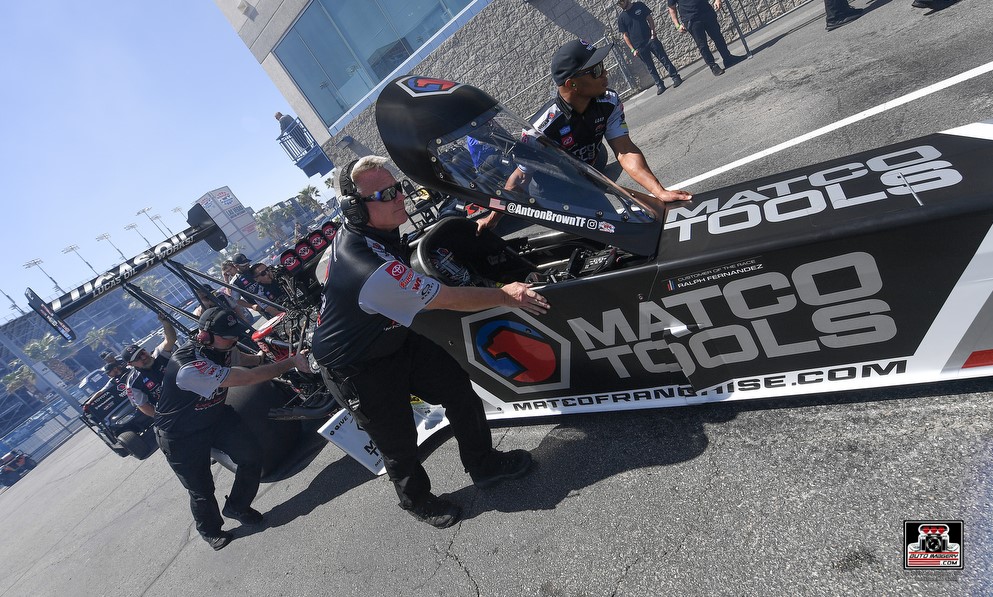
***
The best part about this, is that hearing protection doesn’t have to be expensive.
For example, SummitRacing.com has hearing protection options that only cost a few bucks. For a closer look, check out the pics below:
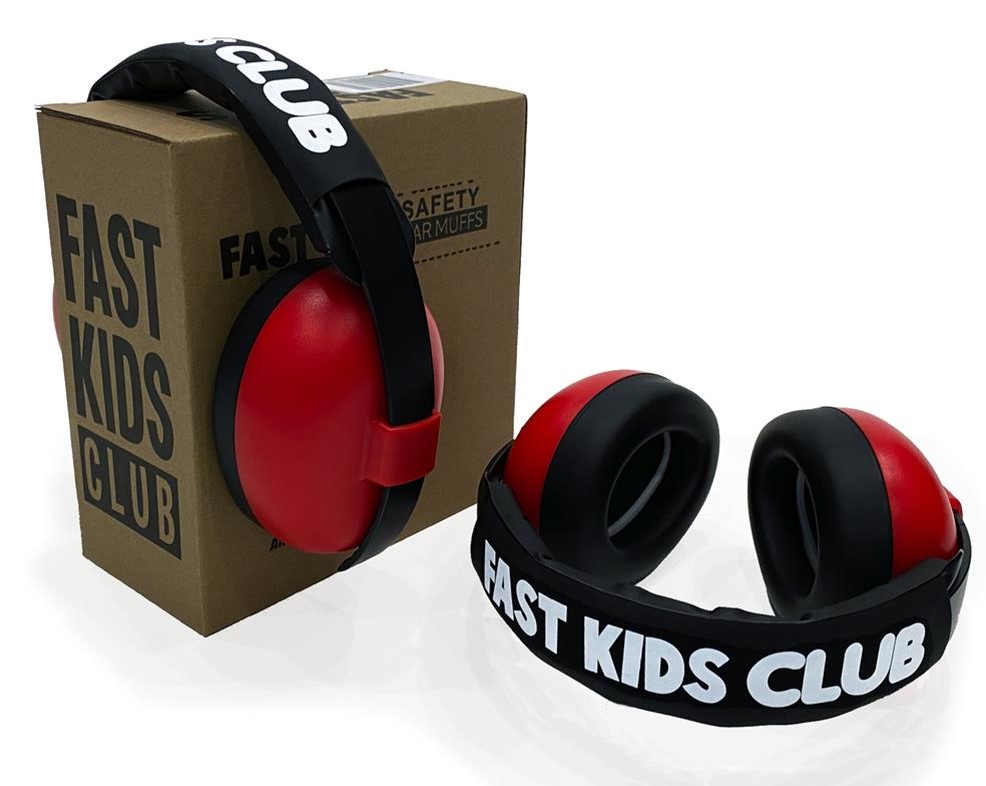
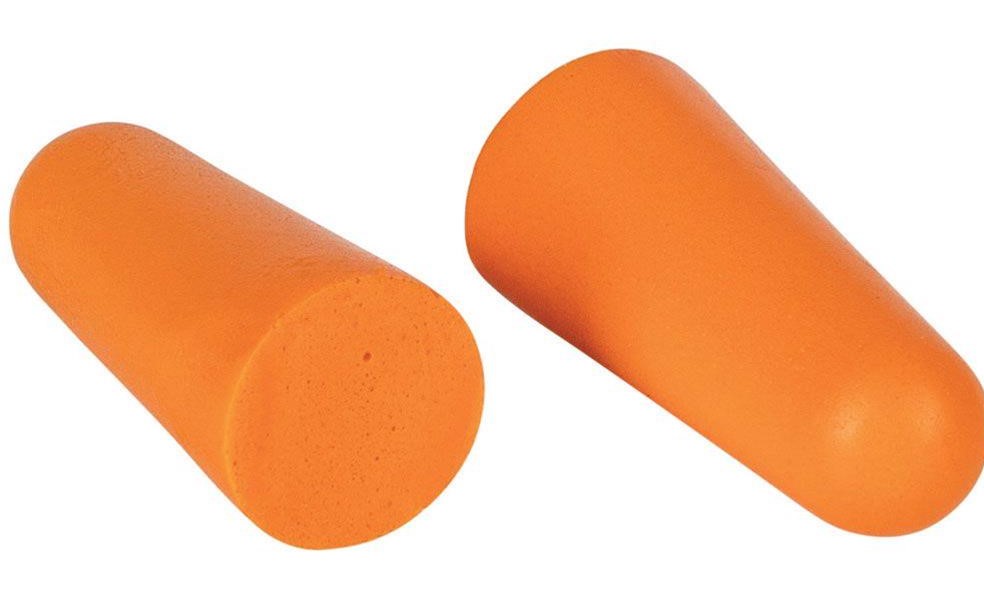

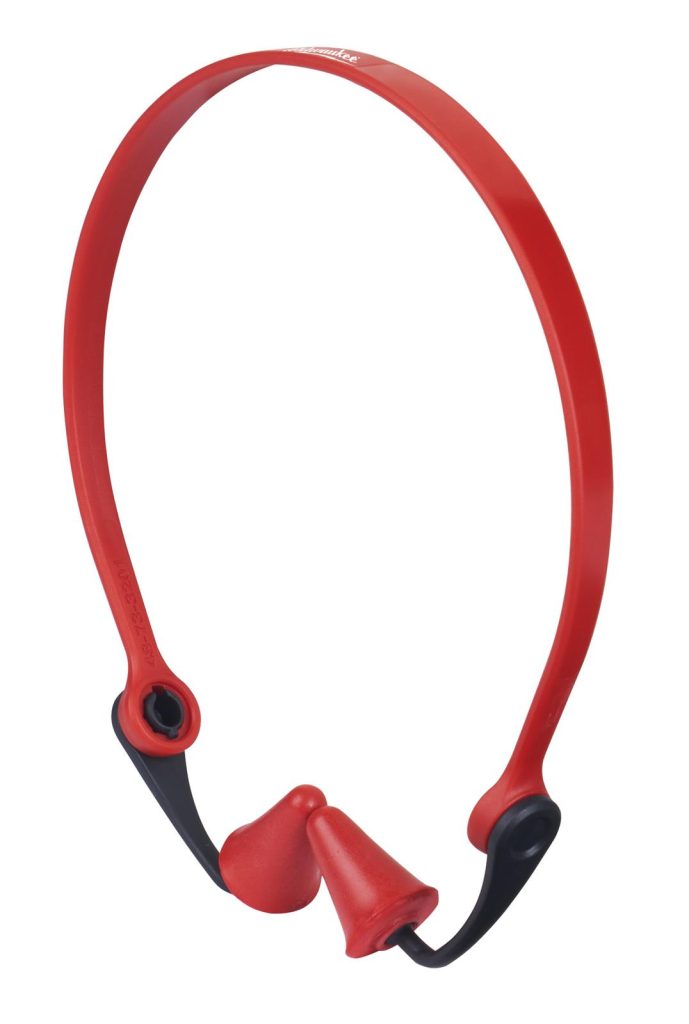
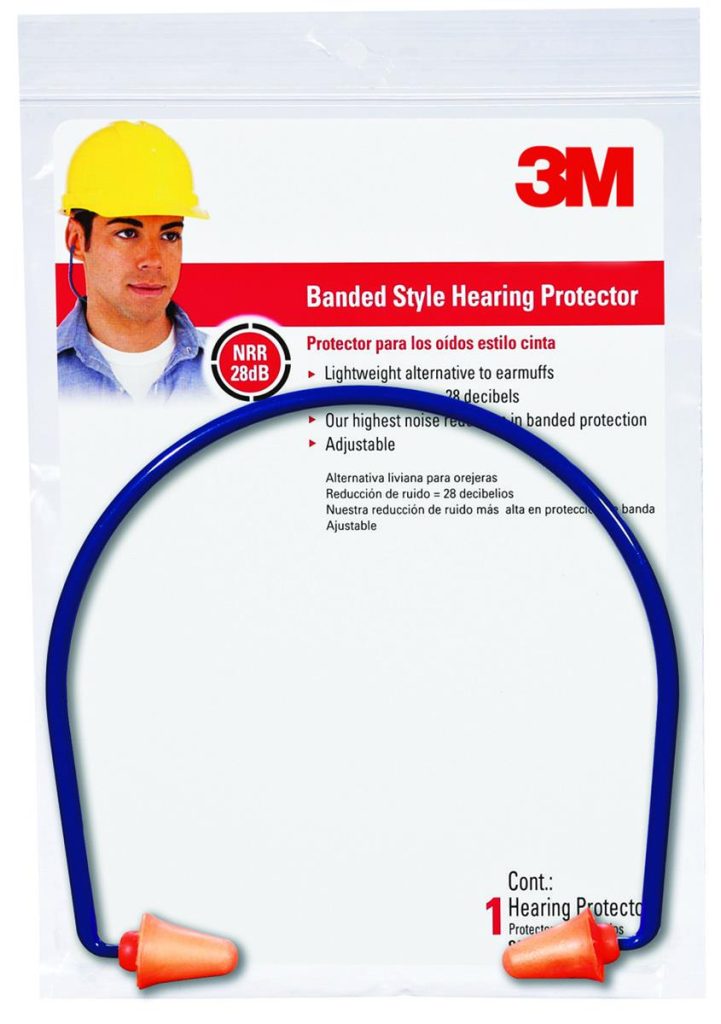
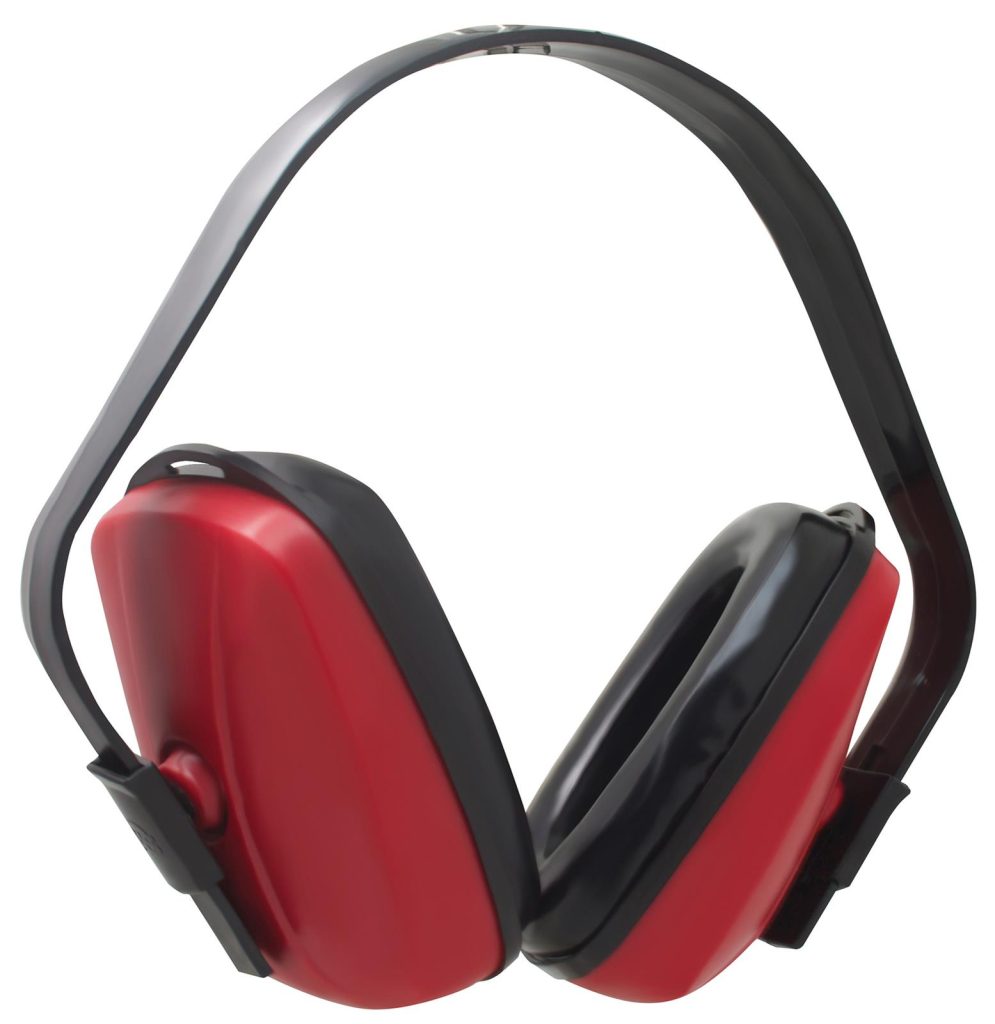
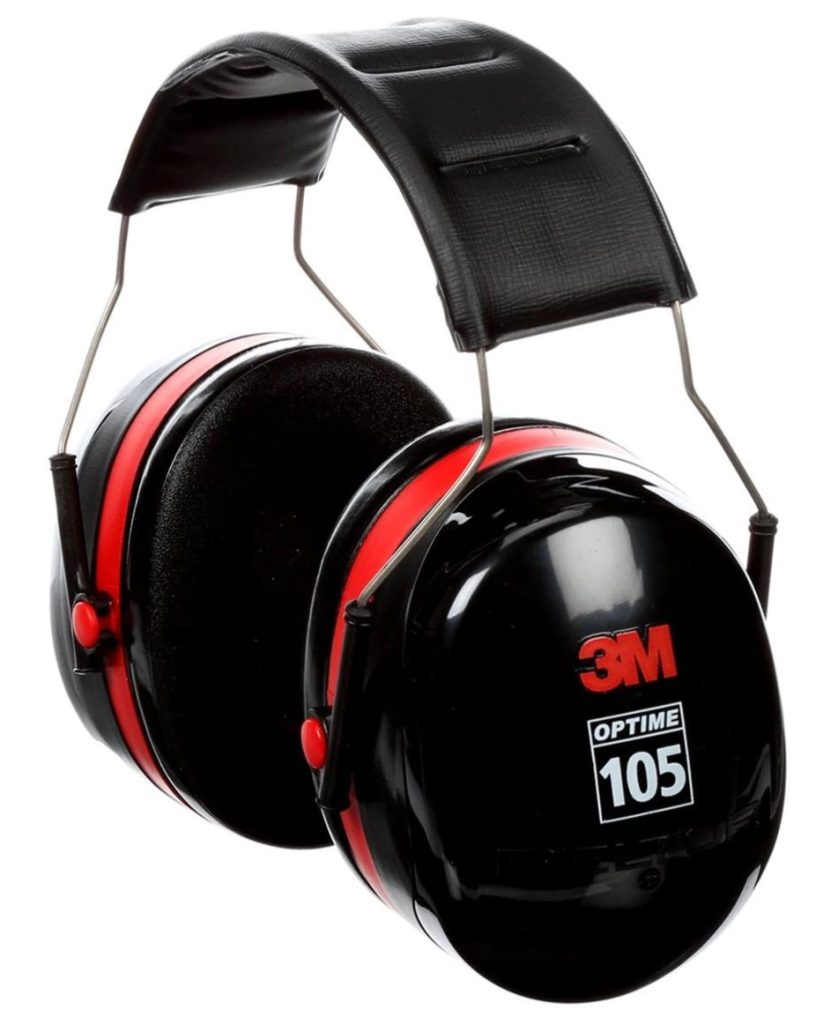

Comments